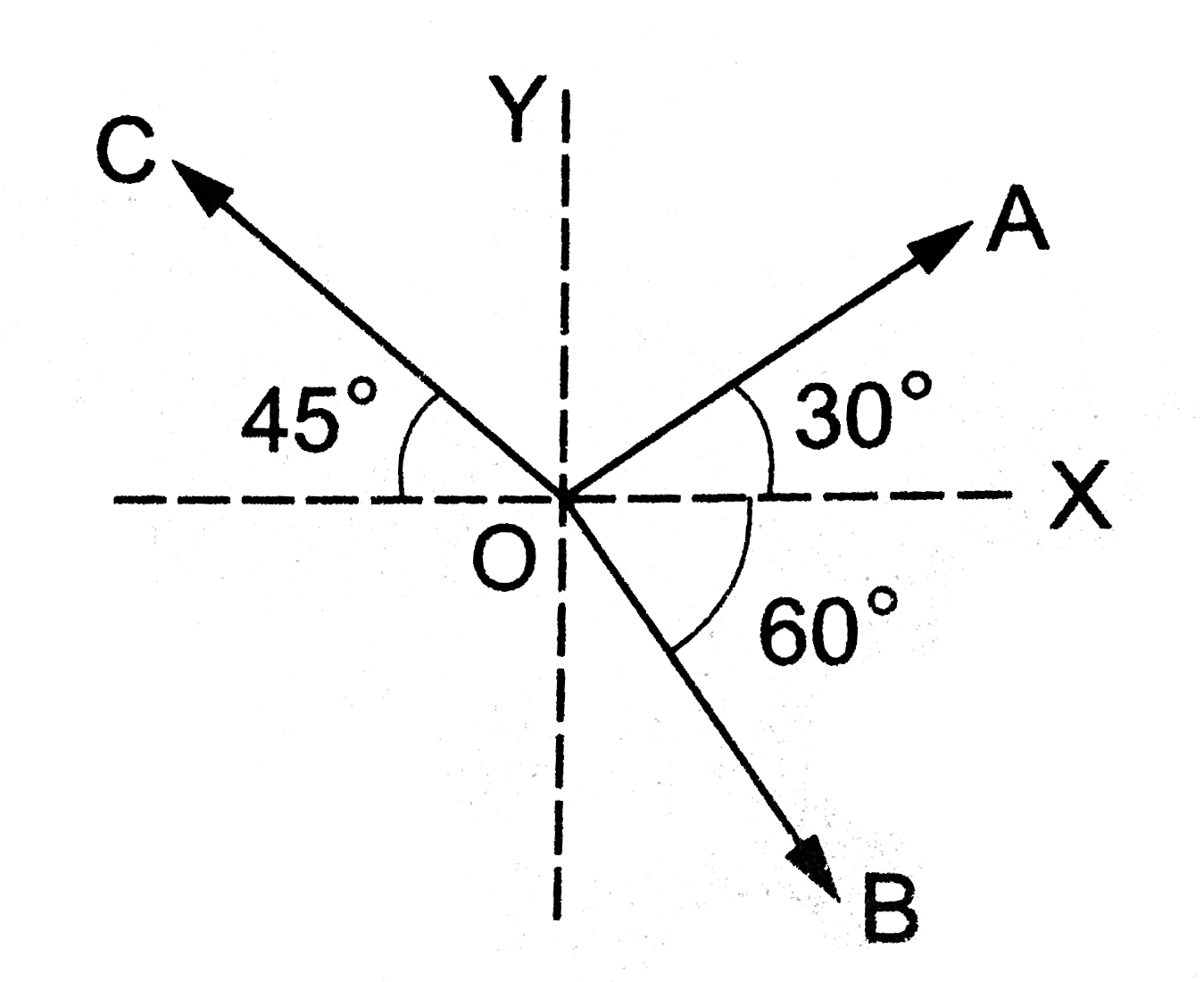Polynting vectors →S is defined as a vector whose magnitude is equal to the wave intensity and whose direction is along the direction of wave propogation. Mathematically, it is given by →S=1μ0→E×→B. Show the nature of S vs t graph
To show the nature of the Poynting vector →S versus time graph, we will follow these steps:
Step 1: Define the Poynting Vector
The Poynting vector →S is defined as:
→S=1μ0→E×→B
where →E is the electric field vector and →B is the magnetic field vector.
Step 2: Define the Electric and Magnetic Fields
Assume the electric field →E and magnetic field →B are given by:
→E=E0sin(ωt−kx)^j
→B=B0sin(ωt−kx)^k
Here, E0 and B0 are the amplitudes of the electric and magnetic fields, ω is the angular frequency, and k is the wave number.
Step 3: Calculate the Cross Product
Now, we calculate the cross product →E×→B:
→E×→B=(E0sin(ωt−kx)^j)×(B0sin(ωt−kx)^k)
Using the right-hand rule, we find:
→E×→B=E0B0sin2(ωt−kx)^i
Step 4: Substitute into the Poynting Vector Formula
Substituting the cross product into the Poynting vector formula:
→S=1μ0E0B0sin2(ωt−kx)^i
Step 5: Analyze the Nature of →S versus Time
The magnitude of the Poynting vector S is given by:
S=1μ0E0B0sin2(ωt−kx)
Since sin2 is always non-negative, S will also be non-negative. The graph of S versus time will be periodic, oscillating between 0 and a maximum value of E0B0μ0.
Step 6: Sketch the Graph
The graph of S versus time will look like a sine squared wave, which is always positive and oscillates with a period determined by the angular frequency ω.
Conclusion
The nature of the S versus t graph is a sinusoidal curve that oscillates between 0 and a maximum value, reflecting the energy flow of the electromagnetic wave.
---
The Poynting vector →S is defined as:
→S=1μ0→E×→B
where →E is the electric field vector and →B is the magnetic field vector.
Assume the electric field →E and magnetic field →B are given by:
→E=E0sin(ωt−kx)^j
→B=B0sin(ωt−kx)^k
Here, E0 and B0 are the amplitudes of the electric and magnetic fields, ω is the angular frequency, and k is the wave number.
Now, we calculate the cross product →E×→B:
→E×→B=(E0sin(ωt−kx)^j)×(B0sin(ωt−kx)^k)
Using the right-hand rule, we find:
→E×→B=E0B0sin2(ωt−kx)^i
Substituting the cross product into the Poynting vector formula:
→S=1μ0E0B0sin2(ωt−kx)^i
The magnitude of the Poynting vector S is given by:
S=1μ0E0B0sin2(ωt−kx)
Since sin2 is always non-negative, S will also be non-negative. The graph of S versus time will be periodic, oscillating between 0 and a maximum value of E0B0μ0.
The graph of S versus time will look like a sine squared wave, which is always positive and oscillates with a period determined by the angular frequency ω.
The nature of the S versus t graph is a sinusoidal curve that oscillates between 0 and a maximum value, reflecting the energy flow of the electromagnetic wave.
Topper's Solved these Questions
- BOOK - NCERT EXEMPLAR ENGLISHCHAPTER - ELECTROMAGNETIC WAVESEXERCISE - SHORT ANSWER7videos
ELECTROMAGNETIC WAVES
- BOOK - NCERT EXEMPLAR ENGLISHCHAPTER - ELECTROMAGNETIC WAVESEXERCISE - LONG ANSWER5videos
ELECTROMAGNETIC WAVES
- BOOK - NCERT EXEMPLAR ENGLISHCHAPTER - ELECTROMAGNETIC WAVESEXERCISE - MCQ (MORE THAN ONE OPTIONS )4videos
ELECTROMAGNETIC WAVES
- BOOK - NCERT EXEMPLAR ENGLISHCHAPTER - ELECTROMAGNETIC INDUCTION EXERCISE - Long11videos
ELECTROMAGNETIC INDUCTION
- BOOK - NCERT EXEMPLAR ENGLISHCHAPTER - ELECTROSTATIC POTENTIAL AND CAPACITANCEEXERCISE - Long Answer Type Question10videos
ELECTROSTATIC POTENTIAL AND CAPACITANCE
Similar Questions
(A) : The average magnitude of poynting vector →S is the intensity of electromagnetic wave. (R) : Poynting vector is given by →S=→E×→B2μ0
View SolutionA vector →A When added to the vector →B=3ˆi+4ˆj yields a resultant vector that is in the positive y-direction and has a magnitude equal to that of →B. Find the magnitude of →A.
View Solution
Knowledge Check
- Question 1 - Select One
Poynting vectors →S is defined as →S=1μ0→E×→B. The average value of '→S' over a single period 'T' is given by
AE20/2cμ0BE20/cμ0C2E022/cμ0DE20/cμ20
(A) : Electromagnetic waves are tranverse in nature. (R) : The Poynting,s vector which gives the power density is given by →P=→E×→B
View SolutionProve that the normal to the plane containing three points whose position vectors are →a,→b,→c lies in the direction →b×→c+→c×→a+→a×→b.
View SolutionThe magnitude of vectors −−→OA,−−→OBand−−→OC in figure are equal. Find the direction of −−→OA+−−→OB−−−→OC.
 .View Solution
.View SolutionFind a vector of magnitude 11 in the direction opposite to that of →PQ, where P and Q are the points (1,3,2) and (1,0,8) respectively.
View SolutionSTATEMENT-1 : Magnitude of poying vector represents power per unit area.
STATEMENT-2 : Directionn of poynting vector gives the direction of propagation of electro-magnetic wave.View SolutionIf →b is a vector whose initial point divides thejoin of 5ˆiand5ˆj in the ratio k:1 and whose terminal point is the origin and ∣∣→b∣∣≤√37,thenk lies in the interval
View SolutionThe vector →F is a force of 3.0 newton making an angle of 60∘ with the displacement . →R of magnitude 4.0 m , find
the magnitude and direction of the cross product →R×→F
 View Solution
View Solution

